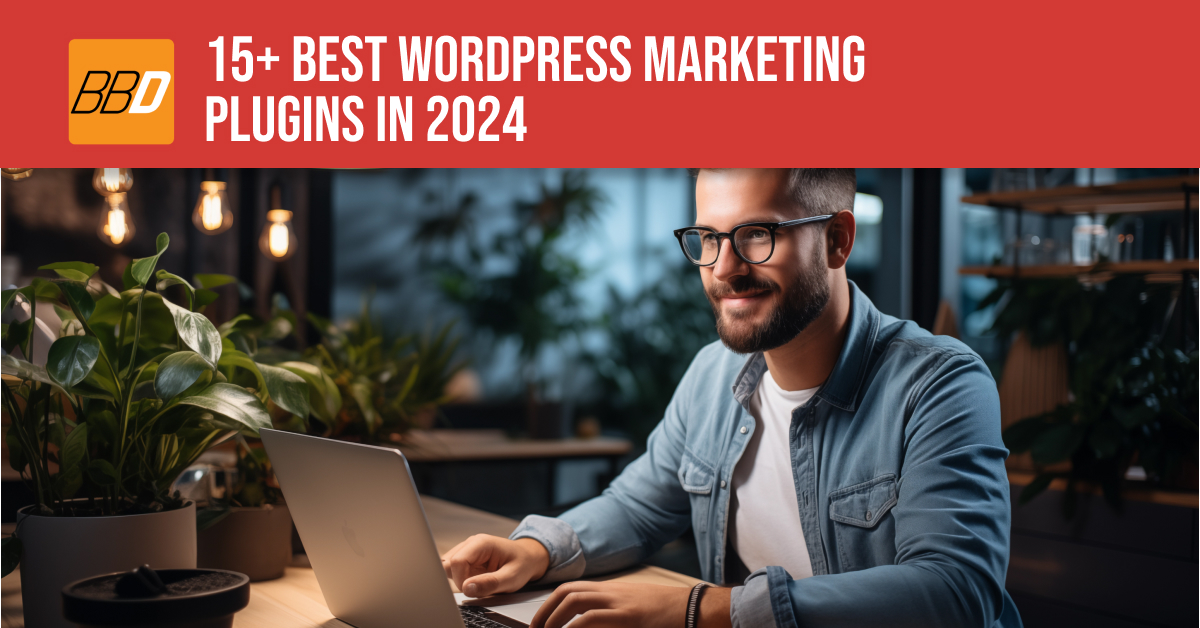The most important writing you can do for your website is invest in writing smart headlines.
While your content is likely hundreds (or even thousands) of words, your headline is roughly seventy characters. It’s easy to look at that length and underestimate how important your headline is, but that would be a terrible (and common) mistake.
Why Quality Headlines Matter As Much As Your Content
As people scan the internet, searching for something interesting enough to stop and grab their attention, they spot headline after headline. While most people will read these as they fly past, only the compelling ones will be clicked on.
And once they’re clicked on, only the articles with interesting headers that make for easy skimming will be read more thoroughly.
Writing a sharp headline has always been a consideration for great content. Newspaper writers know how important it is to write a headline that catches the eye.
Today, this is even more important. Both because we have more content choices than ever, and because search engine optimization (SEO) puts a priority on a great headline.
If you want your site to rank well on Google, you’ll need headlines that utilize your keywords and are compelling enough so Google’s users choose to click on your page.
Writing Great Headlines For Your Site Content
The goal: headlines that make your target audience want to click on them.
Make sure you keep your target audience in mind. It can be helpful to picture an avatar of your customer. What would make your ideal customer want to engage with this content?
Here are some tips for headline writing to get you on the right track!
1. Practice Writing Headlines
This is not something you sit down and naturally excel at. Most people who take selfies will snap at least ten before finding one they like enough to share. Apply this strategy to your headlines.
The more headlines you write, the more options you’ll have to choose from. You’ll also get better at writing headlines the more you practice.
2. Don’t Assume You Know What Will Work Best
The most successful digital marketers employ A/B testing, and you should, too.
You know your customers better than anyone. But that doesn’t mean there isn’t still more to learn about them. If you’re a WordPress user, there are split testing plugins (like Title Split Testing) that can help you with testing your conversion rates to see which headlines work best for your content.
You spent the time writing this content. Test your headlines so you can get as many users engaged as possible!
3. Stay On Brand
Is your brand helpful? Create content that hints at how this content will help your audience. Is your brand playful? Silly? Your content probably has a tone with words that help establish this feeling. Use that in your headlines.
4. Use Online Tools
You can use online tools, like CoSchedule’s Headline Analyzer, to help you get more creative with your headlines.
5. Consider What The User Feels Reading It
Yes, they feel compelled to click. Is that because they are angry? Are they curious to read something surprising? What emotion triggers them to click?
You can use powerful words to help evoke these very emotions and make your headline more compelling.
6. Using Numbers Is a Good Idea
Numbers give an audience a specific idea of what to expect from your content. If you are writing the ten best ways to do something, add that number in your headline.
7. Make Your Headlines Urgent
Is your content time sensitive? Use that to your advantage. If there’s a way to make people feel they need to click on this headline right now, they are more likely to check out your content.
8. The Beginning and End Are Most Important
You need your first words and last words to be the strongest. If your headline is long, use your keywords in the first few words and/or the last few for maximum impact.
Keep in mind that if your headline is more than 70 characters, it will appear differently on the Google results page. Sometimes this may be worth it, but it’s important to be aware.
9. Look At Your Competition
What are the other headlines on the search results page for your content? What do you see on their websites?
Check it out. See if you can find ways to do better and really wow your audience.
10. Don’t Make It Complicated
Your headlines need to be as clear as possible. It can be tempting to write clever headlines with word play, but if it confuses the issue, you’ll lose your audience before you even start. Be very cautious if you’re attempting humor in such a brief space.
You want your wording to be easy to understand. It should be specific. You want users to know what this content is and that it is of interest to them.
If possible, set high expectations for how interesting your content will be–and then exceed those expectations with content that wows them. Note that you should never write a headline that promises more than your content actually delivers. We call this content, “clickbait”. Write an amazing headline, and have the content to back it up.







